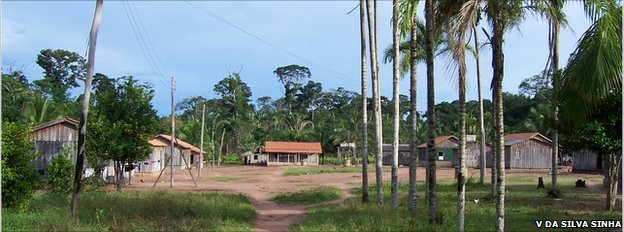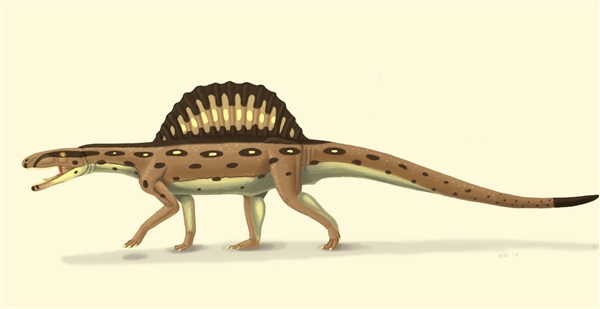
© V Da Silva SinhaAmondawa village. The Amondawa were first "discovered" by anthropologists in 1986.
An Amazonian tribe has no abstract concept of time, say researchers.
The Amondawa lacks the linguistic structures that relate time and space - as in our idea of, for example, "working through the night".
The study, in
Language and Cognition, shows that while the Amondawa recognise events occuring in time, it does not exist as a separate concept.
The idea is a controversial one, and further study will bear out if it is also true among other Amazon languages.
The Amondawa were first contacted by the outside world in 1986, and now researchers from the University of Portsmouth and the Federal University of Rondonia in Brazil have begun to analyse the idea of time as it appears in Amondawa language.
"We're really not saying these are a 'people without time' or 'outside time'," said Chris Sinha, a professor of psychology of language at the University of Portsmouth.
"Amondawa people, like any other people, can talk about events and sequences of events," he told BBC News.
"What we don't find is a notion of time as being independent of the events which are occurring; they don't have a notion of time which is something the events occur in."
The Amondawa language has no word for "time", or indeed of time periods such as "month" or "year".



